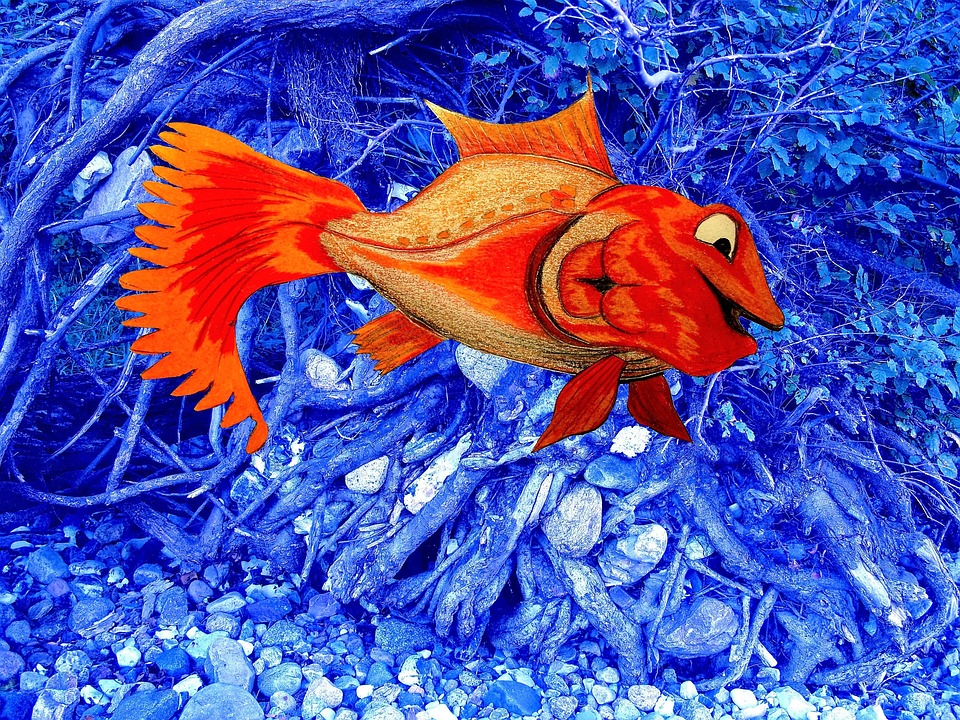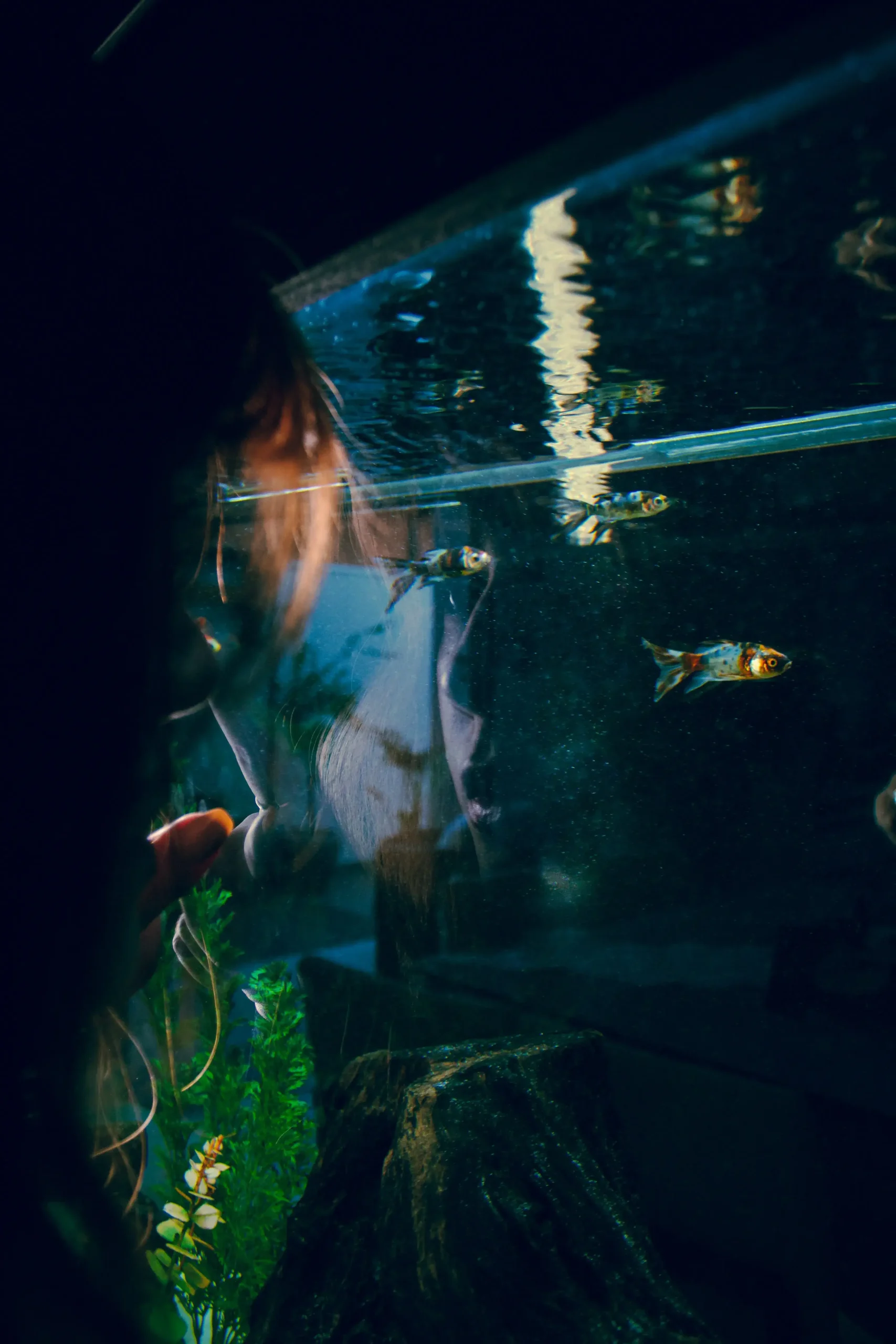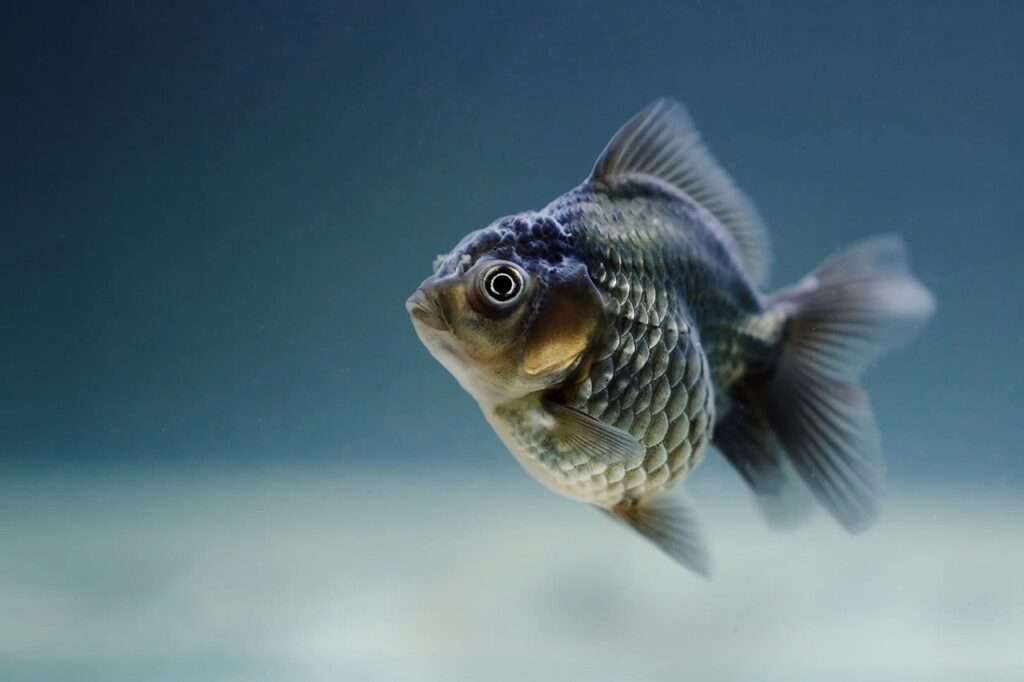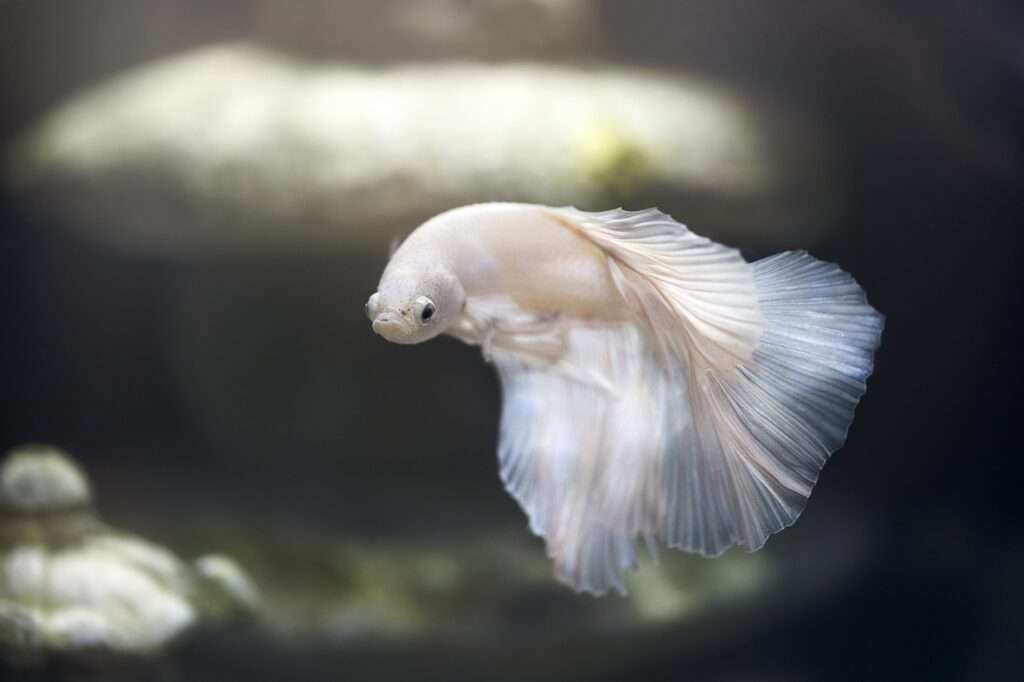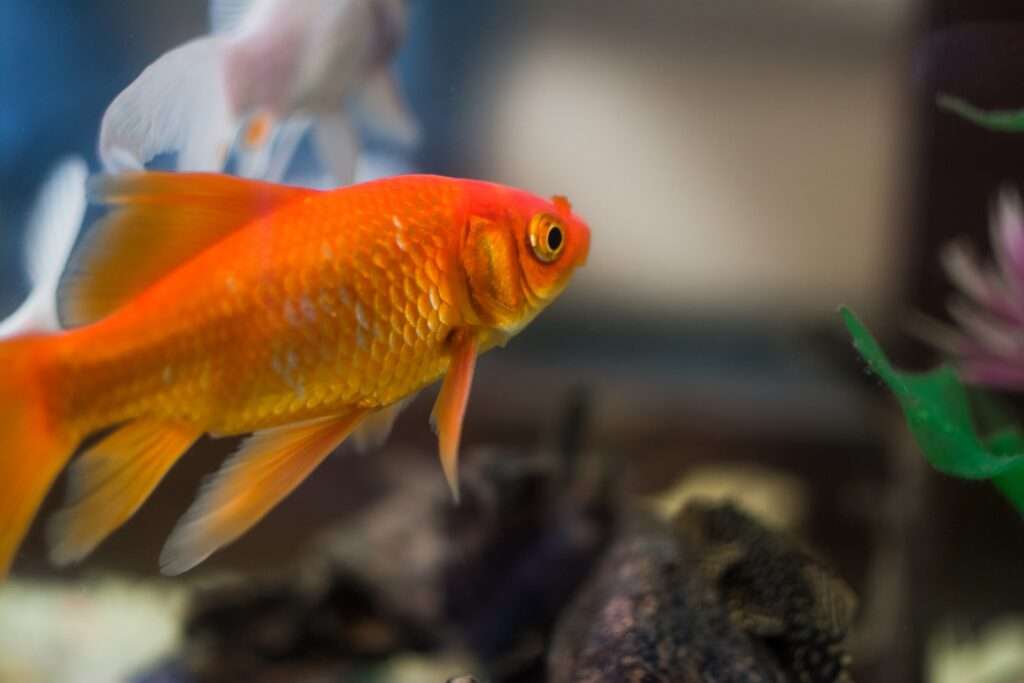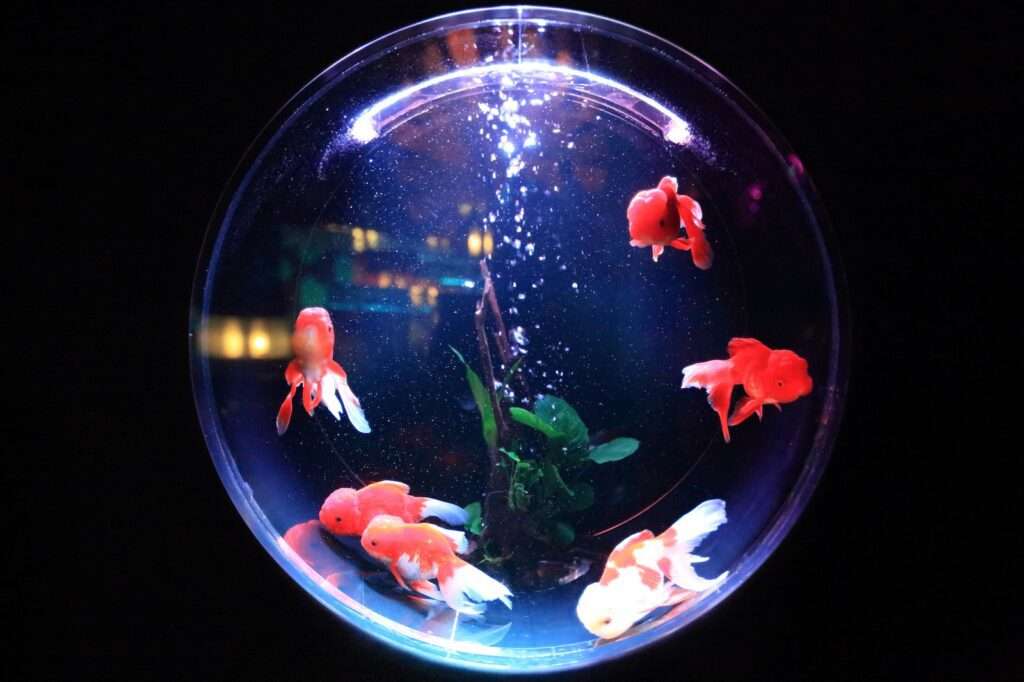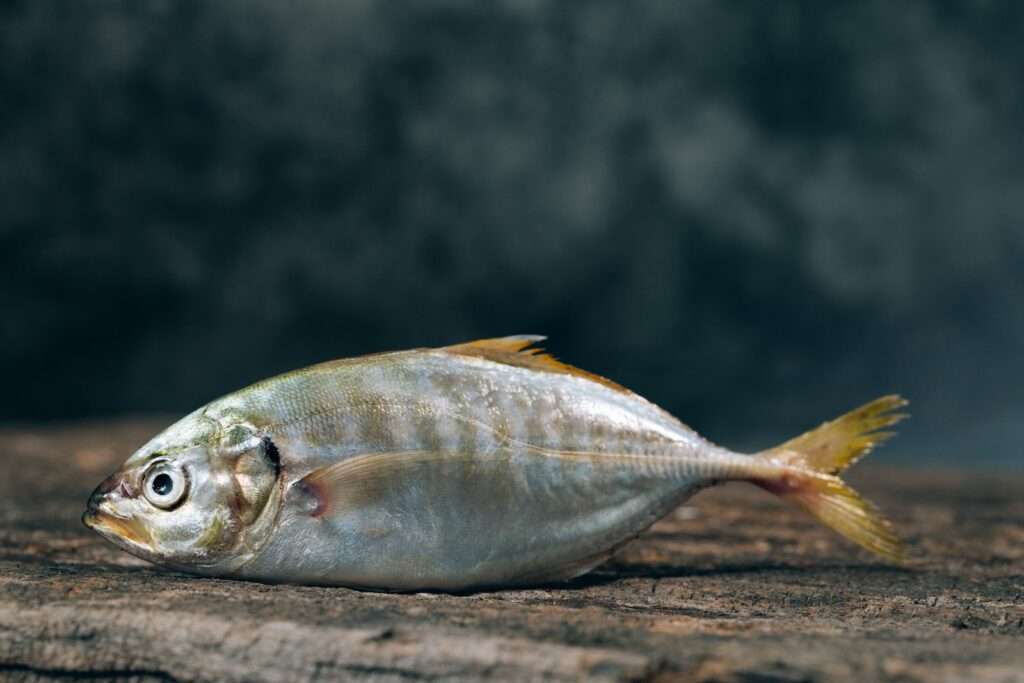Owning a fish tank can be a rewarding experience, but it also comes with its fair share of challenges. One of the most common issues that fish owners face is dealing with external parasites. These tiny organisms can wreak havoc on the health of your fish and the overall stability of your aquarium ecosystem. In this article, we will delve into the world of external parasites, explore common types, discuss symptoms, prevention methods, and effective treatment options. So, let’s dive in!
What are External Parasites?
External parasites are organisms that attach themselves to the external surfaces of fish, such as their skin, fins, and gills. These parasites live off the nutrients and bodily fluids of the host fish, causing irritation, stress, and potential harm. There are several types of external parasites that commonly affect fish tanks, each with its own unique characteristics and effects on fish.
Common External Parasites in Fish Tanks
1. Ichthyophthirius multifiliis (Ich): Ich, also known as white spot disease, is one of the most common and easily recognizable external parasites. It appears as small white spots on the fish’s body, fins, and gills. Ich can cause fish to become lethargic, lose appetite, and develop respiratory distress.
2. Argulus spp. (Fish lice): Fish lice are visible to the naked eye and resemble small, flat, oval-shaped crustaceans. They attach themselves to the fish’s skin and feed on its blood, causing wounds and tissue damage. Signs of fish lice infestation include excessive scratching, redness, and inflammation.
3. Gyrodactylus spp. (Skin flukes): Skin flukes are microscopic parasites that can be found on the skin, fins, and gills of fish. They reproduce rapidly and can cause severe damage to the fish’s epithelial cells. Symptoms of skin fluke infestation include flashing, increased mucus production, and frayed fins.
Prevention Methods for External Parasites
Prevention is always better than cure when it comes to external parasites in fish tanks. Here are some preventive measures you can take:
1. Maintaining water quality: Regularly test and maintain proper water parameters, such as temperature, pH, and ammonia levels. Clean and change the water as needed to prevent stress and weaken parasites.
2. Quarantine new fish: Before adding new fish to your tank, quarantine them in a separate tank for a few weeks. This will help you identify and treat any potential parasites before introducing them to your main tank.
3. Regular tank maintenance: Clean the tank regularly, remove debris and uneaten food, and ensure proper filtration. A clean and well-maintained tank creates a healthier environment for your fish, making them less susceptible to parasites.
4. Avoiding overcrowding: Overcrowding can lead to stress and weakened immune systems in fish, making them more susceptible to parasites. Maintain appropriate stocking levels and provide enough space for each fish to thrive.
5. Proper nutrition and immune system support: Feed your fish a balanced diet and include foods that support their immune system, such as vitamin-rich pellets or flakes. A strong immune system can help fish fight off parasites more effectively.
Treating External Parasites in Fish Tanks
If your fish are already infested with external parasites, prompt treatment is essential. There are various treatment options available, including:
1. Medications and treatments: There are over-the-counter options available, such as anti-parasitic medications that can be added to the water. In more severe cases, prescription medications may be necessary and should be obtained from a veterinarian.
2. Natural remedies and alternative treatments: Some fish owners prefer to use natural remedies, such as salt baths or herbal treatments, to treat external parasites. These methods can be effective but should be used with caution and under the guidance of an experienced fish keeper.
3. Step-by-step treatment process: When treating external parasites, it is important to follow the instructions provided with the medication or treatment. This may involve removing carbon from the filter, adjusting water temperature, and performing frequent water changes.
Frequently Asked Questions (FAQs)
1. Can external parasites be harmful to humans?
No, external parasites in fish tanks are specific to fish and do not pose a threat to humans.
2. How long does it take to treat external parasites in fish tanks?
The duration of treatment can vary depending on the type and severity of infestation. It may take anywhere from a few days to a few weeks to completely eradicate the parasites.
3. Can I use salt to treat external parasites?
Yes, salt baths can be an effective treatment for some external parasites. However, it is important to research the specific requirements and dosage for your fish species, as salt can be harmful if not used correctly.
4. How often should I perform water changes during treatment?
During treatment, it is generally recommended to perform frequent water changes to remove toxins and maintain optimal water quality. The frequency and volume of water changes will depend on the specific treatment and the instructions provided.
5. Are there any long-term effects on fish after being infested with external parasites?
In most cases, with proper treatment and care, fish can fully recover from external parasite infestations without any long-term effects. However, severe or prolonged infestations can weaken fish and make them more susceptible to other diseases.
Conclusion
Understanding and treating external parasites in fish tanks is crucial for the health and well-being of your aquatic pets. By familiarizing yourself with common parasites, implementing preventive measures, and knowing the proper treatment options, you can ensure a thriving aquarium environment. Remember, regular observation, maintenance, and prompt action are key to keeping your fish free from these pesky invaders. So, be vigilant, stay informed, and enjoy the wonders of your beautiful fish tank!

